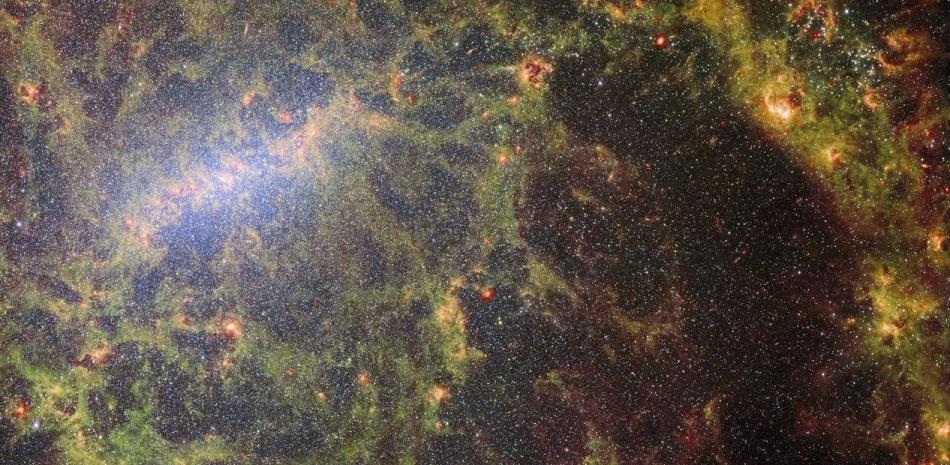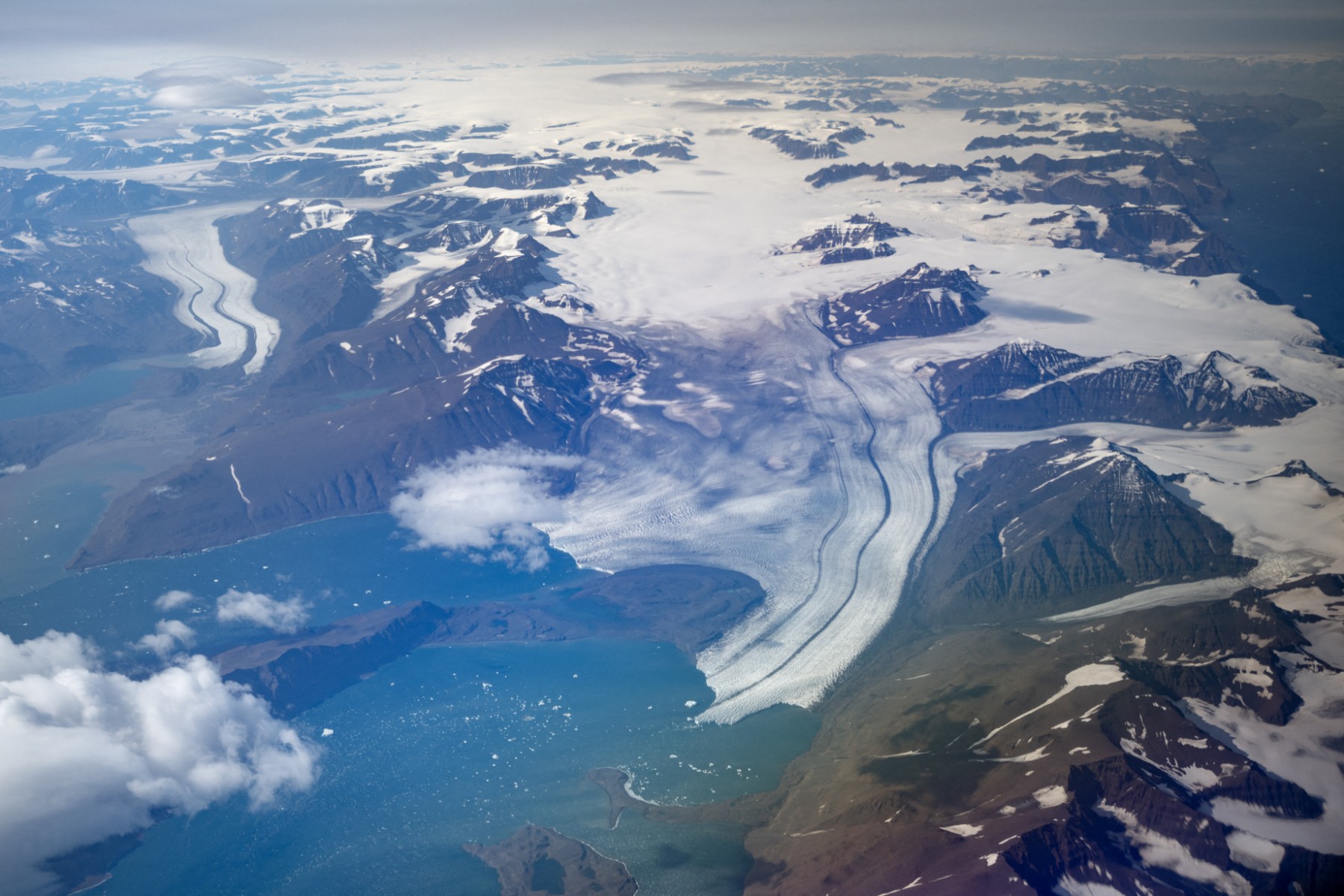In May, the land It was hit by the largest geomagnetic storm in more than 20 years, causing unusual natural phenomena such as the northern lights in many countries around the world. This unusual situation also created problems for telecommunications and satellites orbiting the planet. And if that wasn't enough, a similar episode is unfolding: recent extreme solar activity has led to this Space Weather Prediction Center (SWPC) of NOAA A geomagnetic storm warning should be issued for July 30.
If the predicted G3 conditions are reached, auroras will be visible in the midlatitudes of 50°. Over the weekend, a series of M-class solar flares, including multiple coronal mass ejections (CME), were released from the Sun to keep the Earth in its path. These massive outflows of plasma and magnetic fields are on their way to our planet.
Read more
According to Spaceweather.com, the first two CMEs coalesced into a “cannibalistic CME”, paving the way for at least two additional CMEs to follow. Although the timing is uncertain, experts in the field believe that these are the CME They come from July 30 to August 1.
In more detail, CMEs contain electrically charged atoms called ions. When these ions interact with Earth's magnetosphere, they trigger geomagnetic storms. During these storms, ions collide with gases in Earth's atmosphere, releasing energy in the form of light, known as the Northern Lights in the Northern Hemisphere and the Aurora Australis in the Southern Hemisphere.
Classification of geomagnetic storms
NOAA The G scale is used to classify the intensity of geomagnetic storms G1 (small) up to G5 (serious). Alert type issued for July 30 G3With stormy periods G2 Expected by July 31st.
Current forecasts suggest that G3 geomagnetic storm conditions will emerge on July 30, although exact times are difficult to pinpoint. Like Earth weather, space weather is complex and challenging to predict accurately.
Space weather forecaster Sarah Houzeal Emphasized on X Difficulty accurately predicting the timing of CMEs. “Because so many CMEs are involved, it is very difficult (if not impossible) to determine the temporal specifications,” Hauzeel said.
It is recommended to use special applications to learn about space weather conditions and to know when and where to observe the auroras. “My Aurora Forecast & Alerts“, available iOS And Android, a popular option. Another useful application Space Weather LiveIt provides details of space weather.
It remains to be seen whether this G3 storm will have the same impact as the May super storm. For now, it's best to keep an eye on space weather forecasts and prepare your cameras to capture this natural phenomenon.





:quality(85)/cloudfront-us-east-1.images.arcpublishing.com/infobae/KTKFKR763RBZ5BDQZJ36S5QUHM.jpg)